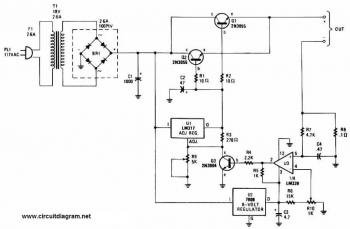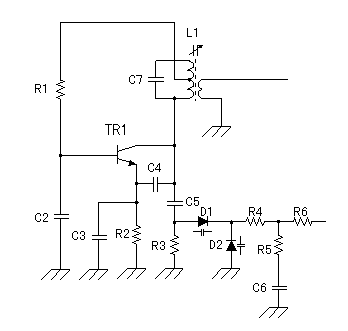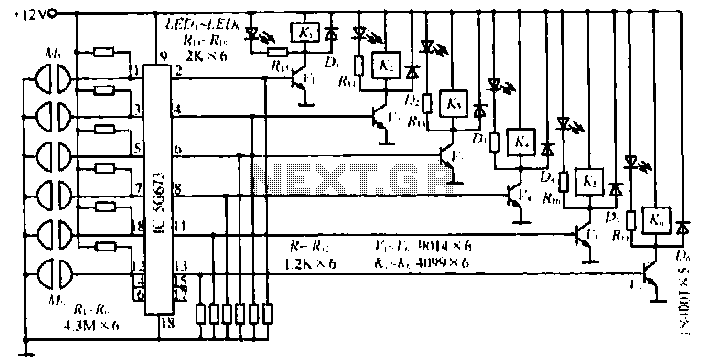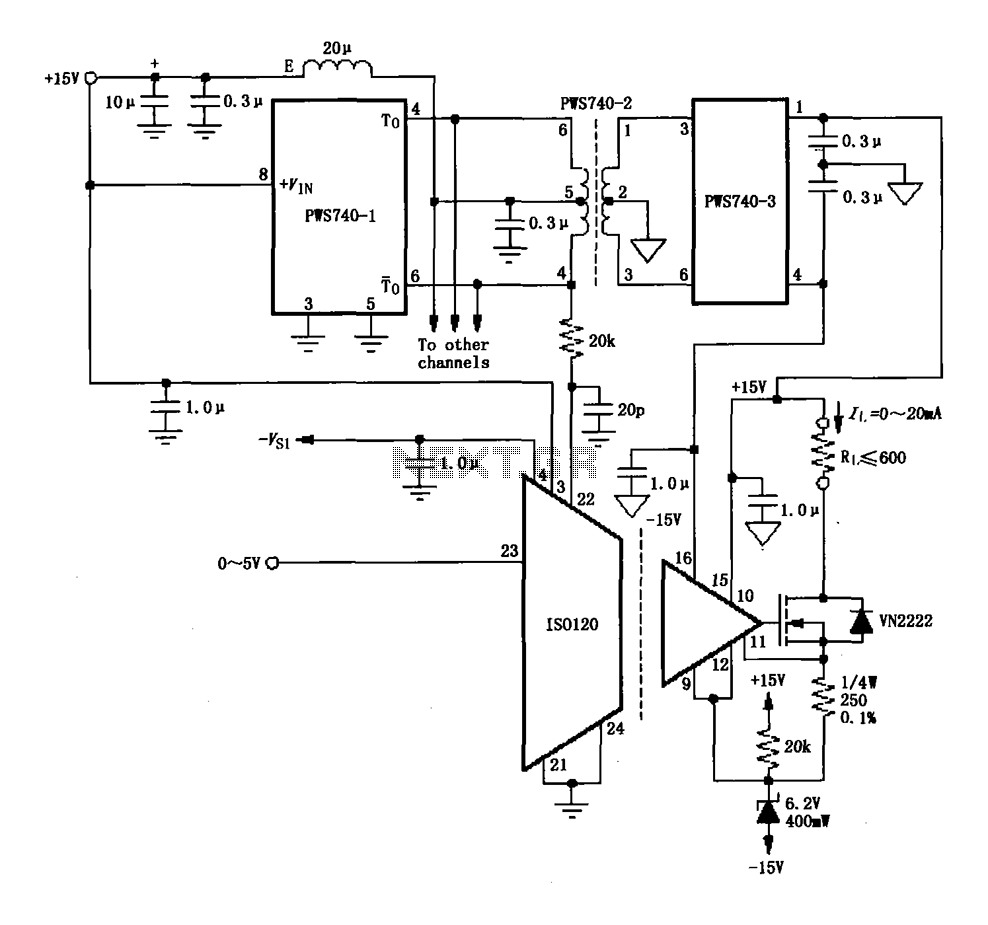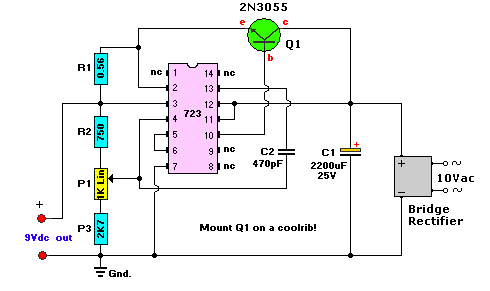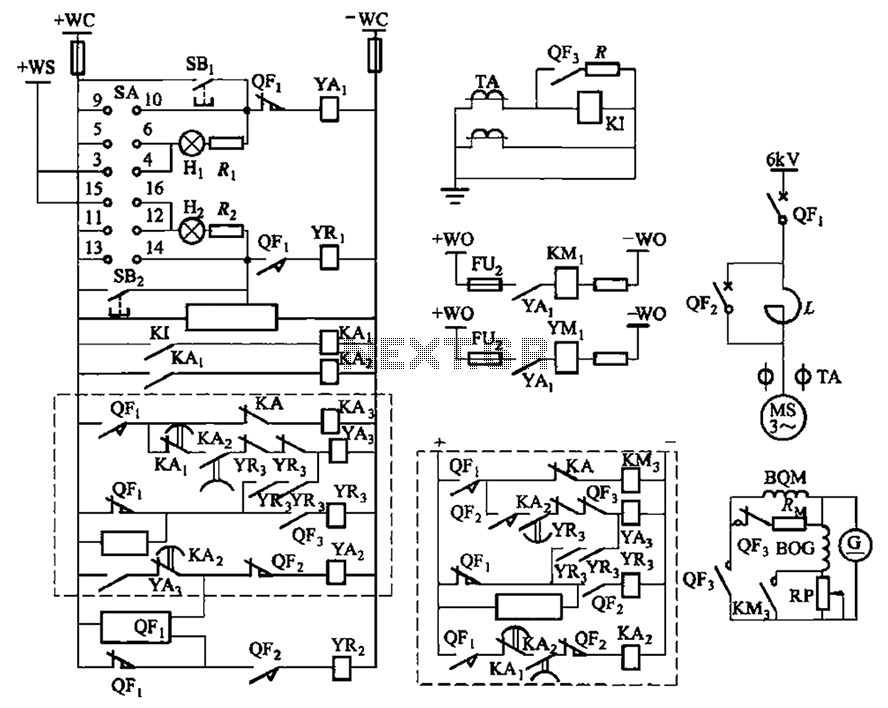
Trip Coil Of Circuit Breaker
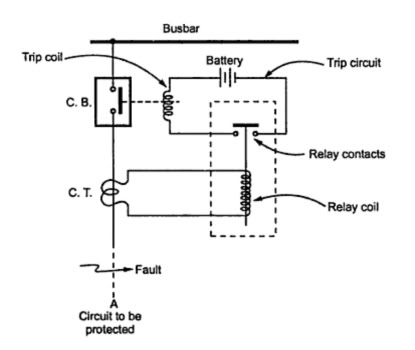
A trip unit is electrically connected in parallel with a current-limiting polymer element in series with circuit breaker contacts to function as a shunt resistance for the polymer element. It becomes energized when the polymer element transitions to its high resistive state, triggering the breaker contacts. The solenoid may be particularly wound with a resistive wire. A simplified circuit of a typical relay is presented, focusing on a single-phase circuit to explain the basic action of a relay. Part A represents the circuit to be protected. A current transformer (C.T.) is connected in series with the line to be protected via its primary winding. The secondary winding of the current transformer is connected in series with the relay coil. The relay contacts are part of a trip circuit for a circuit breaker, which consists of a trip coil and a battery, in addition to the relay contacts. The trip circuit can operate on either AC or DC. If a fault occurs, the current through the line connected to part A increases to a very high value. The current transformer detects this surge, causing an increase in its secondary current, which flows through the relay coil. This results in the relay contacts closing mechanically due to the high fault current. Consequently, the trip circuit of the circuit breaker closes, allowing current to flow from the battery through the trip coil, energizing it. This activation triggers the circuit breaker opening mechanism, isolating the faulty part from the rest of the healthy system.
The described circuit involves a trip unit functioning in conjunction with a current-limiting polymer element and circuit breaker contacts. The trip unit operates effectively as a shunt resistance, allowing for accurate monitoring and response to overcurrent situations. When the polymer element reaches its high resistive state, it energizes the trip unit, signaling the circuit breaker to actuate.
In the context of the relay operation, the current transformer plays a critical role in safeguarding the circuit. By being connected in series with the line to be protected, it continuously monitors the line current. Under normal conditions, the relay remains open. However, when a fault occurs, the current spikes significantly. The current transformer responds by generating a proportional secondary current, which activates the relay coil.
The relay contacts, once closed due to the fault current, complete the trip circuit of the circuit breaker. This circuit includes a trip coil and a battery, ensuring that the trip mechanism can operate independently of the main power supply. The ability to function with both AC and DC power sources enhances the versatility of the circuit design.
Once the trip coil is energized, it initiates the opening mechanism of the circuit breaker, effectively disconnecting the faulty section from the operational circuit. This disconnection is crucial to prevent damage to the system and ensure safety. The overall design emphasizes reliability and responsiveness, making it suitable for various applications where protection against overcurrent is essential.A trip unit is electrically connected in parallel with a current limiting polymer element in series with circuit breaker contacts to function as a shunt resistance for the polymer element. It becomes energized by transition of the polymer element to its high resistive state for tripping the breaker contacts.
The solenoid may be particularly wound w ith a resistive wire. Here a simplified circuit of a typical relay is given. Basically the relay circuit is a three phase circuit and the contact circuit of relays is very much complicated. This diagram is of single phase simplified circuit to explain the basic action of a relay. Let part A is the circuit to be protected. The current transformer(C. T. ) is connected with its primary winding in series with the line to be protected. The secondary winding of the current transformer is connected in series with the relay coil. The relay contacts are the part of a trip circuit of a circuit breaker. The trip circuit consists of a trip coil and a battery, in addition to relay contacts. The trip circuit can operate on a. c. or d. c. If the fault occurs, Then current through the line connected to A increases to a very high value. Then the current transformer senses this current. Accordingly its secondary current increases which is nothing but the current through a relay coil. Thus the relay contacts get closed mechanically under the influence of such a high fault current. Thus the trip circuit of a circuit breaker gets closed and current starts flowing from battery, through trip coil, in a trip circuit.
Thus the trip coil of a circuit breaker gets energized. This activates the circuit breaker opening mechanism, making the circuit breaker open. This isolates the faulty part from rest of the healthy system. 🔗 External reference
The described circuit involves a trip unit functioning in conjunction with a current-limiting polymer element and circuit breaker contacts. The trip unit operates effectively as a shunt resistance, allowing for accurate monitoring and response to overcurrent situations. When the polymer element reaches its high resistive state, it energizes the trip unit, signaling the circuit breaker to actuate.
In the context of the relay operation, the current transformer plays a critical role in safeguarding the circuit. By being connected in series with the line to be protected, it continuously monitors the line current. Under normal conditions, the relay remains open. However, when a fault occurs, the current spikes significantly. The current transformer responds by generating a proportional secondary current, which activates the relay coil.
The relay contacts, once closed due to the fault current, complete the trip circuit of the circuit breaker. This circuit includes a trip coil and a battery, ensuring that the trip mechanism can operate independently of the main power supply. The ability to function with both AC and DC power sources enhances the versatility of the circuit design.
Once the trip coil is energized, it initiates the opening mechanism of the circuit breaker, effectively disconnecting the faulty section from the operational circuit. This disconnection is crucial to prevent damage to the system and ensure safety. The overall design emphasizes reliability and responsiveness, making it suitable for various applications where protection against overcurrent is essential.A trip unit is electrically connected in parallel with a current limiting polymer element in series with circuit breaker contacts to function as a shunt resistance for the polymer element. It becomes energized by transition of the polymer element to its high resistive state for tripping the breaker contacts.
The solenoid may be particularly wound w ith a resistive wire. Here a simplified circuit of a typical relay is given. Basically the relay circuit is a three phase circuit and the contact circuit of relays is very much complicated. This diagram is of single phase simplified circuit to explain the basic action of a relay. Let part A is the circuit to be protected. The current transformer(C. T. ) is connected with its primary winding in series with the line to be protected. The secondary winding of the current transformer is connected in series with the relay coil. The relay contacts are the part of a trip circuit of a circuit breaker. The trip circuit consists of a trip coil and a battery, in addition to relay contacts. The trip circuit can operate on a. c. or d. c. If the fault occurs, Then current through the line connected to A increases to a very high value. Then the current transformer senses this current. Accordingly its secondary current increases which is nothing but the current through a relay coil. Thus the relay contacts get closed mechanically under the influence of such a high fault current. Thus the trip circuit of a circuit breaker gets closed and current starts flowing from battery, through trip coil, in a trip circuit.
Thus the trip coil of a circuit breaker gets energized. This activates the circuit breaker opening mechanism, making the circuit breaker open. This isolates the faulty part from rest of the healthy system. 🔗 External reference
